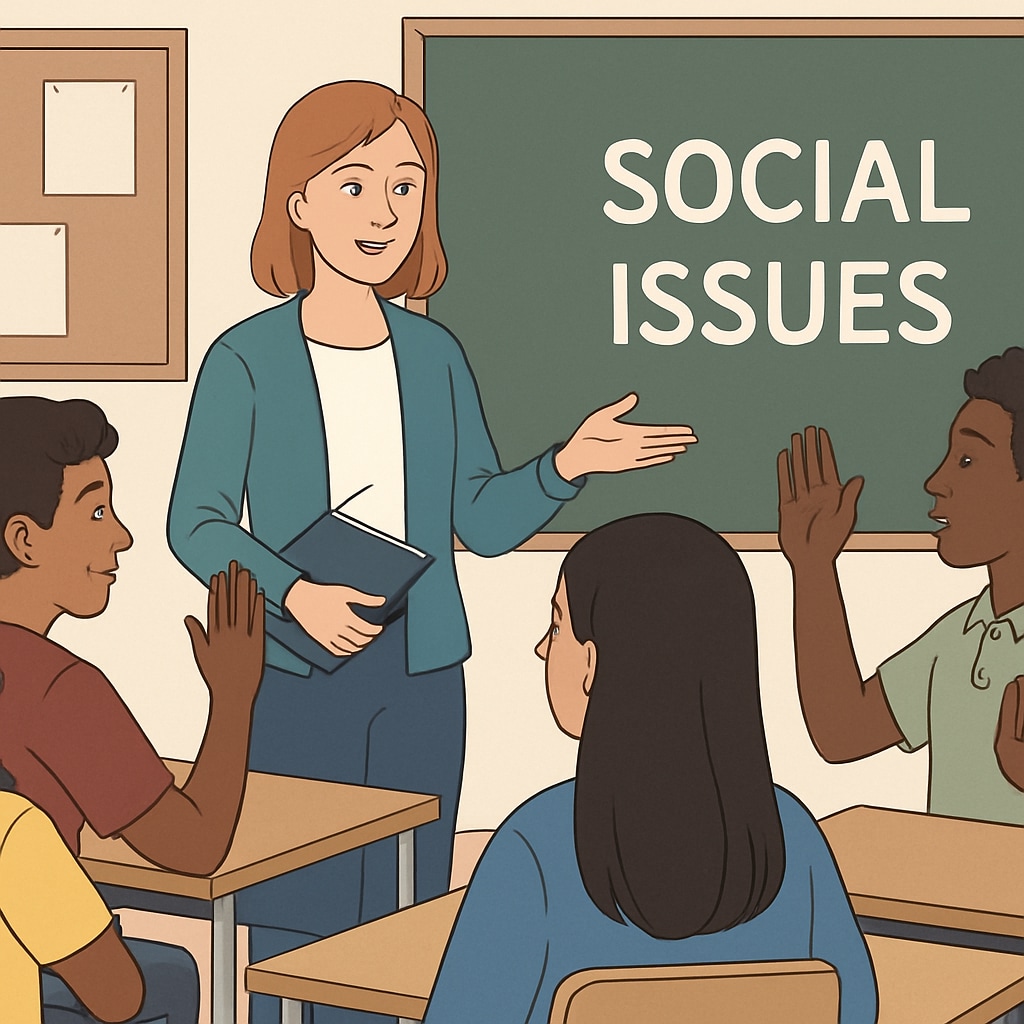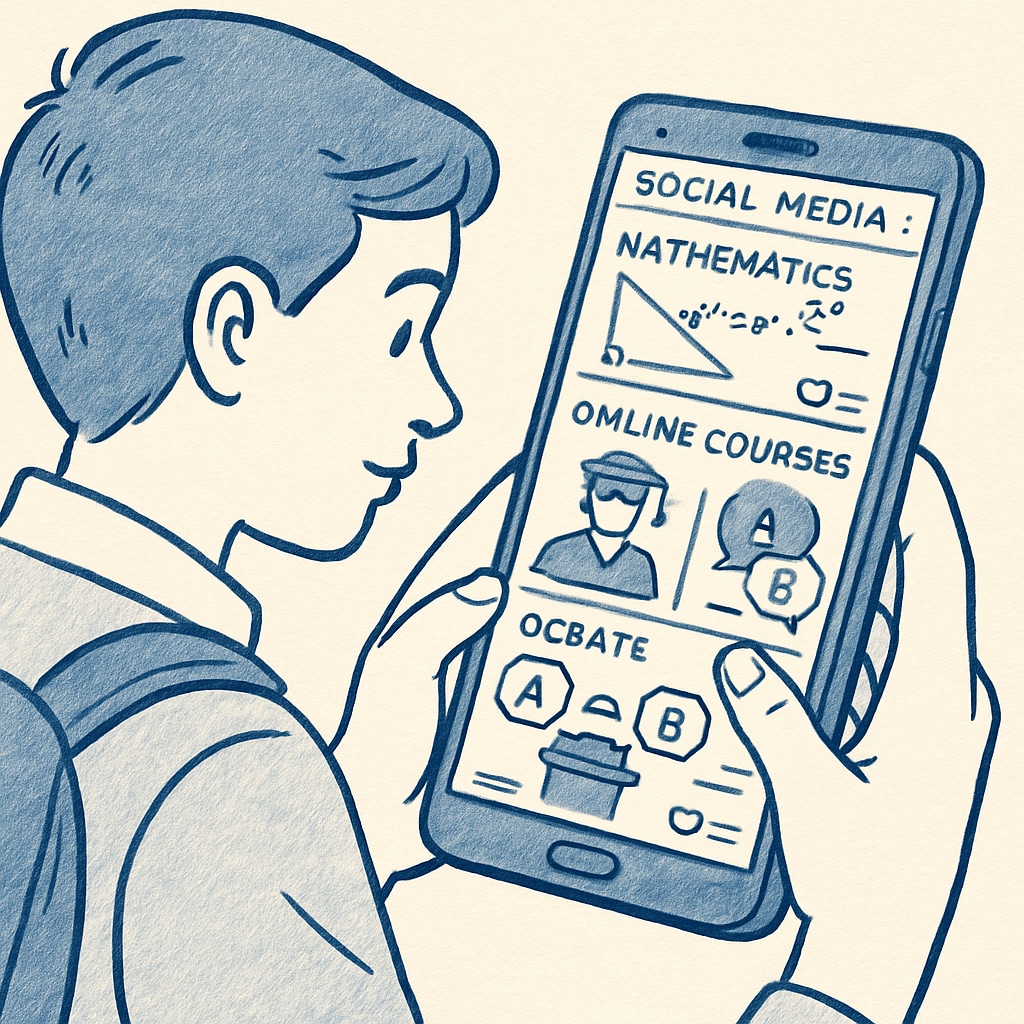The concept of “wokeness” has become a defining feature of contemporary debates in education. In the context of K12 schools, this term often refers to the integration of social and political ideologies into the curriculum and school culture. But how do students themselves perceive “wokeness” in schools? This article analyzes student perspectives, highlighting the complexities of their experiences and the broader implications of a politicized educational environment.
What Does “Wokeness” in Schools Look Like?
In schools, “wokeness” manifests in various ways, such as the inclusion of diversity-focused curriculums, discussions on societal inequalities, and policies aimed at fostering inclusivity. For instance, lessons on historical events may now include perspectives from marginalized communities, or school assemblies may focus on addressing systemic issues like racism or gender inequality. While these initiatives aim to create a more equitable environment, they also spark mixed reactions among students.
According to a recent study, some students appreciate the increased focus on inclusivity, as it broadens their understanding of the world. Others, however, view these efforts as overly politicized, feeling that schools are prioritizing certain ideologies over a balanced presentation of facts. This divide underscores the challenge of implementing “wokeness” in a way that resonates with diverse student populations.

How Do Students Perceive the Impact of “Wokeness”?
Students’ attitudes toward “wokeness” are shaped by various factors, including their personal backgrounds, family beliefs, and exposure to different viewpoints. For some, the emphasis on social justice enhances their critical thinking skills and empathy. They see these lessons as preparing them to engage with a complex, multicultural world.
However, others feel alienated by the perceived politicization of education. For example, students who hold more conservative views may feel that their opinions are marginalized in classroom discussions. This sense of exclusion can lead to disengagement and even resentment. As a result, schools must navigate the fine line between fostering awareness and ensuring that all students feel respected and included.
Furthermore, the influence of social media amplifies these dynamics. Platforms like TikTok and Instagram serve as echo chambers where students encounter both support and criticism for their views. This digital dimension adds another layer of complexity to how students process and respond to “wokeness” in their schools.

Is “Wokeness” Shaping School Culture for Better or Worse?
The impact of “wokeness” on school culture is a topic of heated debate. Proponents argue that it creates a more inclusive and empathetic environment, where students learn to appreciate diversity and challenge injustices. Critics, however, contend that it risks dividing students along ideological lines and detracting from academic rigor.
For example, some teachers report that discussions on sensitive topics can become polarizing, with students reluctant to engage for fear of offending others. On the other hand, these conversations also provide opportunities for students to develop conflict resolution skills and learn the value of civil discourse.
Ultimately, the success of “wokeness” in schools depends on its implementation. Balanced, thoughtful approaches that encourage open dialogue and respect for differing opinions are more likely to foster a positive school culture. Schools must also invest in professional development for educators, equipping them with strategies to handle these nuanced discussions effectively.
What Can Be Learned from Students’ Perspectives?
Analyzing students’ views on “wokeness” reveals important insights for educators and policymakers. First, students value authenticity. They are more likely to embrace initiatives that feel genuine rather than performative. Second, they desire a balanced approach that presents multiple perspectives, allowing them to form their own opinions.
Additionally, schools must recognize the diversity within their student populations. A “one-size-fits-all” approach to “wokeness” is unlikely to succeed. Instead, schools should engage students in conversations about what inclusivity means to them and tailor their policies accordingly.
In conclusion, “wokeness” in schools is neither inherently good nor bad—it is a tool that can be used to enrich or divide, depending on its application. By listening to students and prioritizing balance and inclusivity, schools can navigate this complex terrain and foster an environment where all students feel empowered to learn and grow.
Readability guidance: This article uses short paragraphs and clear transitions to enhance comprehension. It avoids excessive jargon while maintaining a professional tone. The use of lists, where applicable, simplifies complex ideas and makes the content accessible to a broad audience.


